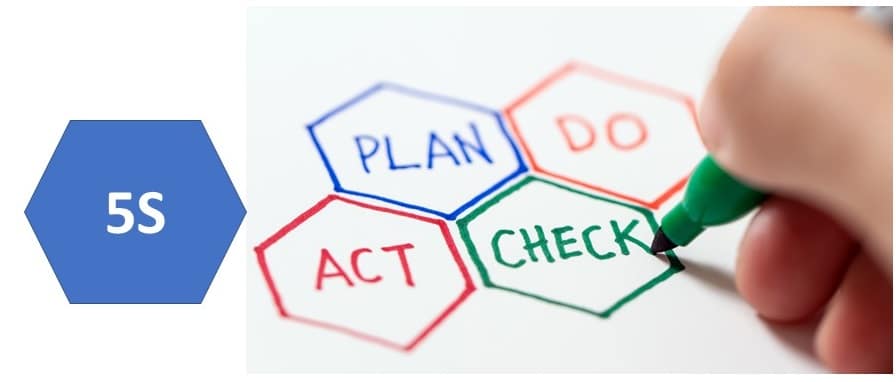5S Good Housekeeping Practices and ISO 9001 are two approaches to improving efficiency and quality in an organization. Although they have different origins and purposes, there are several similarities between them that make them complementary and mutually reinforcing.
The 5S methodology is a Japanese productivity concept that focuses on workplace organization and efficiency. The five S’s stand for Sort, Set in Order, Shine, Standardize, and Sustain. Sort involves separating necessary items from unnecessary ones, Set in Order refers to arranging items in an orderly fashion, Shine involves keeping the workplace clean, Standardize involves creating a consistent way of doing things, and Sustain refers to maintaining the improvements over time.
ISO 9001, on the other hand, is a quality management system that focuses on meeting customer requirements and improving customer satisfaction. It is an international standard that specifies the requirements for a quality management system, including the processes and procedures that an organization must follow to ensure consistency and effectiveness.
There are several similarities between 5S and ISO 9001. Among them include:
5S Good Housekeeping Practices and ISO 9001
Focus on standardization. Both approaches recognize the importance of having standardized processes and procedures in place to ensure consistency and quality. In 5S, the Standardize step involves creating a consistent way of doing things, while ISO 9001 requires organizations to document their processes and procedures to ensure that they are consistent and effective.
Emphasis on continuous improvement. Both approaches recognize that improvement is a continuous process that requires ongoing effort and attention. In 5S, the Sustain step involves maintaining the improvements over time, while ISO 9001 requires organizations to continually monitor and improve their processes to ensure that they are meeting customer requirements and improving customer satisfaction.
Focus on customer satisfaction. Both approaches recognize that meeting customer requirements and improving customer satisfaction is essential to the success of an organization. In 5S, the Sort step involves separating necessary items from unnecessary ones, which helps ensure that the organization is focused on providing value to its customers. ISO 9001 requires organizations to identify and monitor customer requirements and to continually improve processes to meet those requirements and improve customer satisfaction.
Focus on employee involvement. Both approaches recognize that involving employees in the improvement process is essential to achieving success. In 5S, employees are involved in implementing the 5S methodology and in sustaining the improvements over time. ISO 9001 requires organizations to involve employees in the development and implementation of their quality management system, including training employees on the processes and procedures.
Conclusion
While 5S Good Housekeeping Practices and ISO 9001 have different origins and purposes, there are several similarities between them that make them complementary and mutually reinforcing. Both approaches focus on standardization, continuous improvement, customer satisfaction, and employee involvement, which are essential elements for achieving organizational success. Organizations that adopt both approaches are likely to see significant improvements in efficiency, quality, and customer satisfaction.

